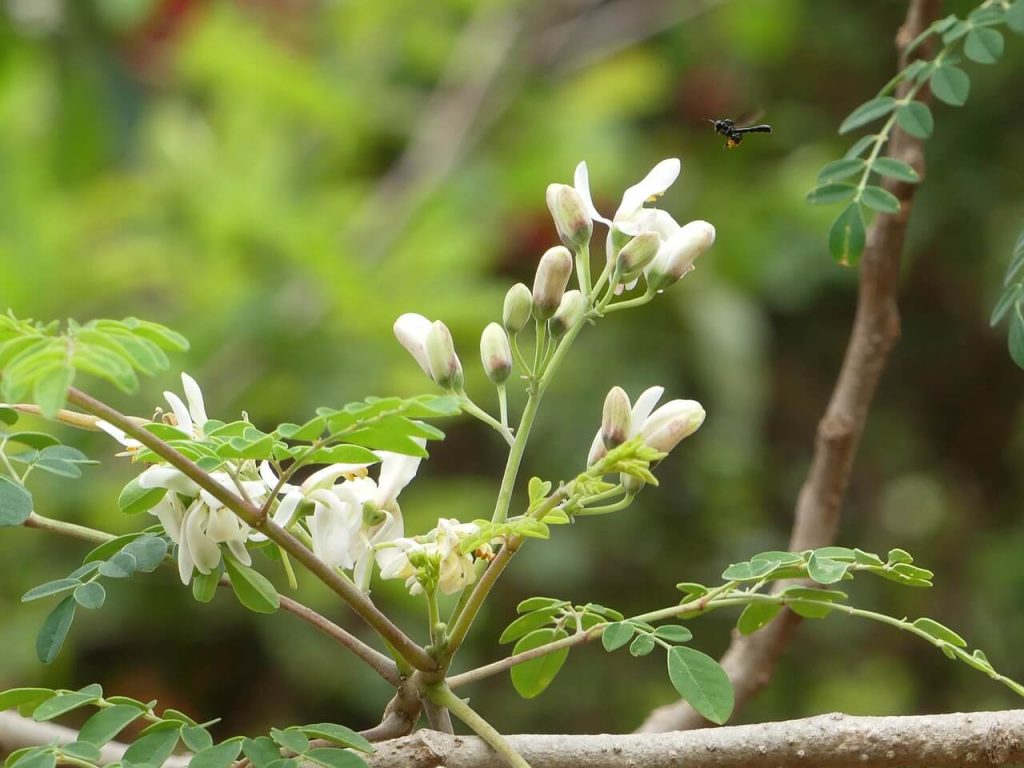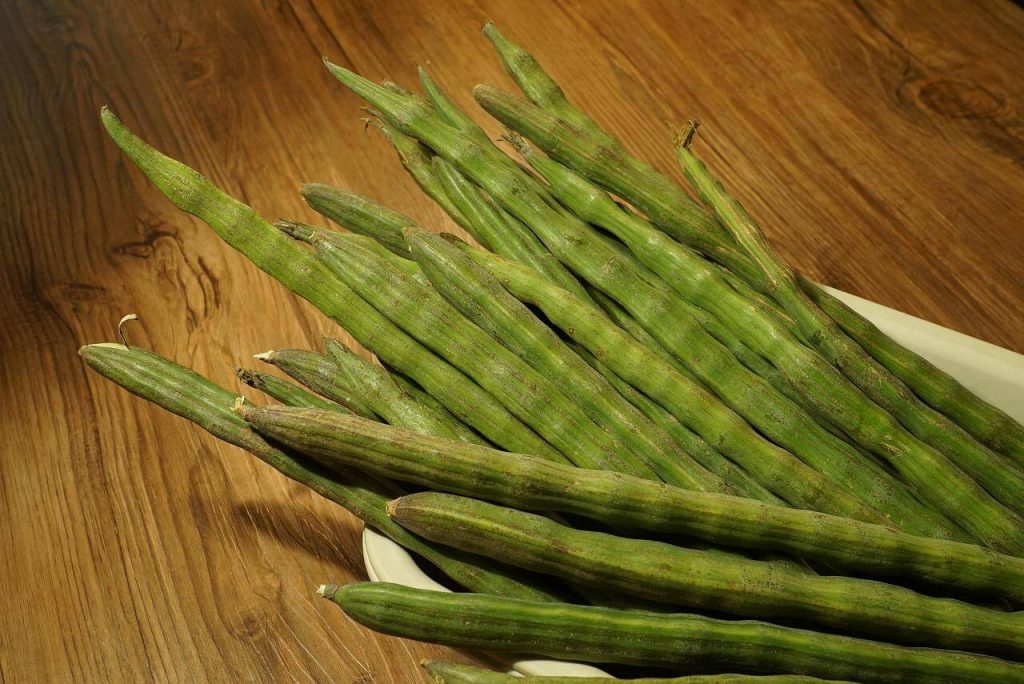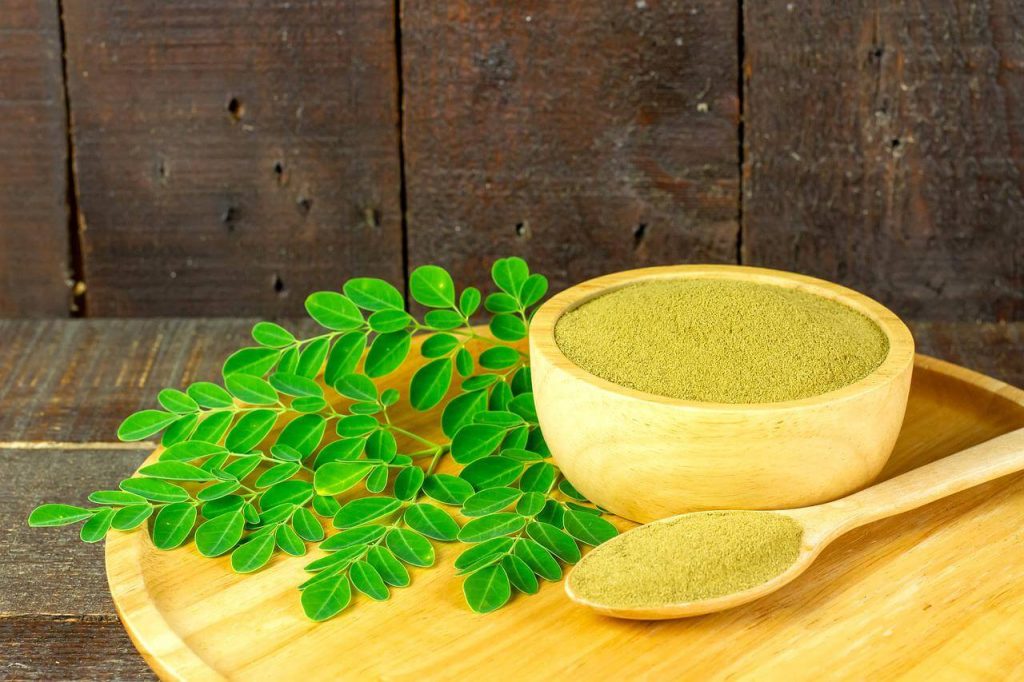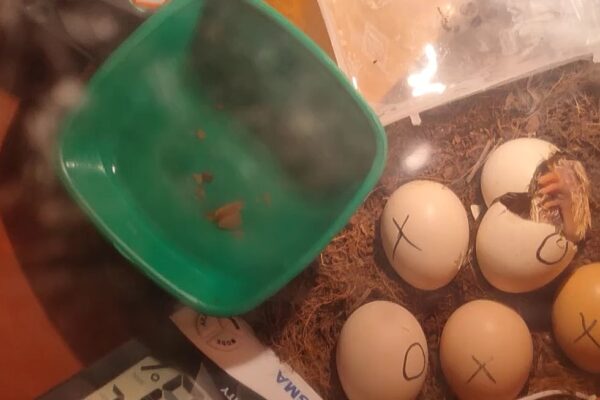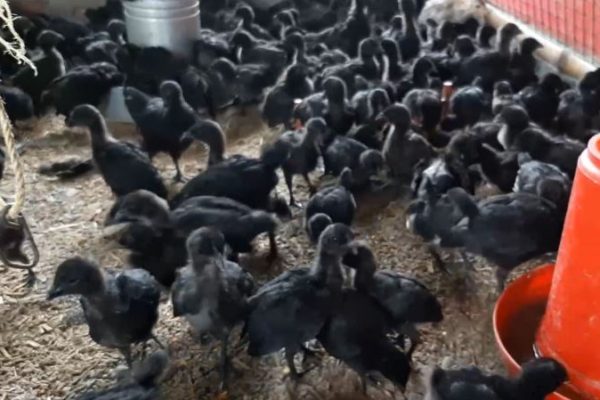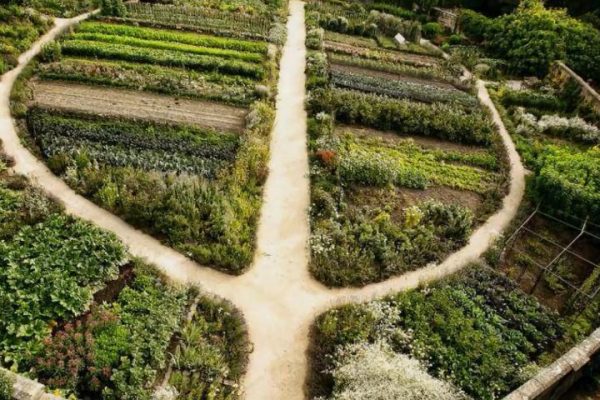Moringa tree is a type of herbaceous plant grown in the Indian subcontinent, which can be seen growing around the house and along the roadside without any care. The fruits and the leaves of this plant are eaten as vegetables.
The Moringa plant is called the Miracle plant because its leaves are highly nutritious. Its leaves are rich in vitamin A, potassium, vitamin C, zinc and iron and are widely used as herbal medicine.
This tree is called different names depending on the region. Such as in Latin Moringa oleifera , in Hindi Saguna or Sainjana , in Bengali Sojne Danta , in English, Drumstick tree, Horseradish tree, Ben tree.
Commercial Moringa Farming has started due to the huge demand for leaves and fruits of moringa tree. Due to its good price in the market, the farmers are getting a lot of profit by cultivating it. Therefore, Commercial Moringa Farming is very profitable at present.
This article will detail the methods adopted to grow the Moringa tree commercially and which varieties are best to grow.
Scientific Name Of Moringa Tree :
The scientific name of Moringa is “Moringa oleifera”. It is a tree in the Moringa genus of the Moringaceae family.
Some common names of Moringa :
- Latin – Moringa oleifera
- Sanskrit – Subhanjana
- Hindi – Saguna. Sainjana
- Punjabi – Sainjana
- Bengali – Sojne Danta
- Gujarati – Suragavo
- Marathi – Shevga
- Tamil – Morigkai
- Telugu – Malaga. Munaga.
- Malayalam – Muringa,
- Arabian – Rawag
- Chinese – La Ken
- English – Drumstick tree, Horseradish tree, Ben tree
- Moringa oleifera is a plant that is often called the drumstick tree, the miracle tree, the ben oil tree, or the horseradish tree
Popular Varieties in Moringa Farming :
Commercial moringa cultivation in India involves two types of cultivars, perennial and annual. Some of the notable varieties are:
- PKM 1
- PKM 2
- KM 1
- ODC-3
Difference between Moringa Seeds PKM 1 and PKM 2
PKM – 1- This tree has an average height of 4-6 meters and starts flowering within 3-4 months of planting. Each tree bears 200-225 fruits annually. Pods are 65-70 cm long, and the average weight is 150 grams.
PKM-2-This variety is superior to PKM-1. It is very tasty and soft to eat.
This variety has recorded a fruit yield of 98 tones per hectare of cultivation. This plant begins to flower within 100-110 days of planting. Its pods are 125-130 cm in length, and its average weight is 280 grams.
| PKM1 | PKM2 | |
| Full Form | Periyakulam 1 | Periyakulam 2 |
| Released | 1989 | 2000 |
| Size | 65 – 70 cm long | 125-130 cm long |
| Per Hectare | 50-54 tons | 98 tons |
| Produces | Each tree produces 200-225 pods | Each tree produces about 220 pods |
| Weight | 150 gm | 280 gm |
Difference between Moringa Seeds PKM 1 and ODC-3
| PKM1 | ODC-3 | |
| Full Form | Periyakulam 1 | Oddanchathiran 3 |
| Released | 1989 | 2017 |
| flower | within 3-4 months | within 3-4 months |
| Size | 45 – 75 cm long | 60-70 cm long |
| Per Hectare | 50-54 tons | 25 -30 tons |
| Produces | Each tree produces 200-400 pods | Each tree produces about 200-300 pods |
| Weight | 150 gm | 70 – 80 grams |
Seedlings from seeds Moringa Farming :
Seeds are collected from mature Moringa trees usually by May. After collection, the seeds are dried well in the sun and stored.
The soil is well-raked by adding rotted cow dung manure to prepare the seedbed. After this, the seeds are sown at a 10-15 cm distance by June-July.
It takes about 60 days for seedlings to be suitable for planting but about 3-4 years to get a good yield from a tree grown from seed.
Seedlings from cuttings Moringa Farming :
Cuttings are the best method of Moringa tree cultivation.
The branches of the tree are pruned every year after yielding. It improves the yield of plants in the following year.
From these pruned branches, 5-10 cm thick and 80-100 cm long branches are selected for making seedlings. April-May is the best month for planting cuttings.
Cow dung is applied to the cuttings to protect the cuttings from insects and diseases. This method yields in a very short period.
Fertilizer in Moringa Farming :
Moringa tree does not require much fertilizer. It grows well in any normal loamy soil. But cow dung can be applied in the pit before planting to yield better. Besides, Urea, Potash, and Phosphate can be used after a few days of planting.
Water Management in Moringa Farming :
Moringa plants cannot tolerate excess water. A light amount of water for a few days after planting is sufficient. But if the plant’s root is dry, it must be watered at least once weekly.
If you want to cultivate the Moringa tree on your land, you have to arrange proper drainage. If not, there is a possibility of waterlogging on the land during the monsoon, and the tree will die.
Yield and harvest in Moringa Farming :
Moringa tree cuttings begin to yield fairly well within 6-7 months of planting. Especially Moringa leaves are available in a very short time. But it takes about a year to get good pods. Its yield varies from season to season.
Pods:
Cuttings begin to flower from the first year of planting but do not yield much in the first year. A good yield is obtained from the second year with about 200-300 pods per plant. Varieties available in India yield 50-98 tones per hectare. A variety called PKM 2 set a record with 98 tons per hectare yield.
Leaves:
Moringa tree leaves are very useful leaves rich in protein consumed as vegetables. Each hectare of land yields about 6 tons of leafy leaves per year. Leaves can be harvested 60 days after planting the cuttings.
In addition to eating Moringa tree leaves as a vegetable, its leaf powder is used as herbal medicine.
Oil:
Apart from the pods and leaves, the oil produced from the seed is very useful, which is very effective for enhancing the beauty of hair and skin.
Read More : Portulaca Flower Farming
Health benefits :
Moringa tree is a tree rich in protein. This tree’s leaves, fruits, and oil are rich in proteins and vitamins, so scientists call it the miracle tree.
The benefits of the leaves, fruits and oil of this plant are mentioned below:
1. The leaves of this plant are very effective for various vitamin deficiency diseases, including blindness, and anaemia, due to high amounts of vitamin c and protein.
2. Moringa leaves help control cholesterol.
3. Consuming the Moringa tree leaves is very helpful in controlling diabetes and high blood pressure.
4. It helps in increasing the digestive power of the body.
5. The oil produced from the seeds of this plant plays a very effective role in the skin.
6. It also helps to increase immunity in the body.
Conclusion :
In short, Moringa farming is currently a very profitable farming method with low capital. As the tree is rich in nutrients, its demand is increasing daily. But before starting this cultivation, proper planning and understanding of the cultivation method are very necessary. Then this cultivation can be more profitable with little effort.
